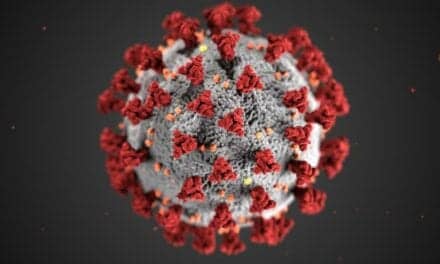Illumina, San Diego, and Helix, Denver, Colo, are collaborating to augment national surveillance infrastructure in the United States to track the emergence and prevalence of novel strains of SARS-CoV-2 with support from the CDC. The combination of Illumina’s sequencing technology and expertise and Helix’s national covid-19 testing footprint stand to significantly expand the country’s existing surveillance efforts to detect and characterize emerging variants of SARS-CoV-2.
The collaboration has already demonstrated results – identifying 51 of the first 54 cases of B.1.1.7, the highly transmissible variant first found in the UK, reported in the United States. Over the past several weeks, Helix has analyzed recent positive samples and identified those with ‘S gene dropout’ on their diagnostic PCR assay, indicating the potential presence of the emerging B1.1.7 variant in different regions in the United States. Illumina then sequenced a subset of these ‘S gene dropout’ samples using Illumina’s COVIDSeq Test, which identified the B.1.1.7 variant in 4 samples from California and Florida.
“Genomic surveillance is essential in fighting the pandemic. Illumina is pleased to partner with the CDC and Helix to provide accurate sequencing that can contribute to rapidly scaling genomic surveillance in the US to better understand the presence of B.1.1.7 and other variants as they emerge in our communities,” says Phil Febbo, MD, chief medical officer of Illumina.
“Having a robust surveillance effort in place is critical to understanding how the SARS-CoV-2 virus is evolving, and how our public health response needs to adapt,” says James Lu, MD, PhD, co-founder and president of Helix. “By bringing together the strengths of Helix, Illumina, and the CDC, we were able to quickly evaluate the prevalence of this new variant and take learnings from this effort to better and more proactively characterize future strains that will emerge.”
Helix and Illumina are expanding the scope of their collaboration to examine a higher volume of samples on an ongoing basis for both the presence of B.1.1.7 and new strains. This will empower public and private entities to react quickly to any potential changes in pathogenicity of the virus or effectiveness of diagnostics, therapeutics, and vaccines.For more information, visit Illumina and Helix.
Featured image: SARS-CoV-2 viruses, the causative agent of COVID-19. Novel Coronavirus infection, 3D illustration (Courtesy: Dreamstime)





